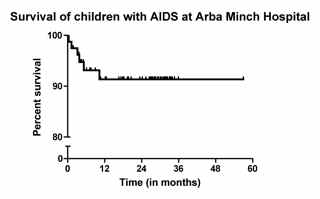In 1993, Catherine Pope and Nicholas Mays argued for greater use of qualitative techniques in health research. They published several good papers that helped researchers understand what qualitative research is. They suggested that researchers would benefit in using qualitative methods. Since then qualitative research methods is widely accepted in health services research.
Now they are worried the methods are not always used properly.
Please read their article in this week BMJ where they critically evaluate how far qualitative research has come. They ask some thorough questions whether researchers use qualitative research to its full potential.
Pope C, Mays N, Critical reflections on the rise of qualitative research. BMJ 2009;339:b3425

 This difference persists also when controlling for age, clinical stage and number of CD4 cells at treatment start Both men and women received the same treatment. Does anyone know about similar trends from other countries?
This difference persists also when controlling for age, clinical stage and number of CD4 cells at treatment start Both men and women received the same treatment. Does anyone know about similar trends from other countries?
 The picture shows a boy with cutaneous leishmaniasis from Ochollo. Ochollo is about 35 km north of Arba Minch, and is a place were people live in close contact the hyrax, the animal that is the reservoir of the disease.
The picture shows a boy with cutaneous leishmaniasis from Ochollo. Ochollo is about 35 km north of Arba Minch, and is a place were people live in close contact the hyrax, the animal that is the reservoir of the disease.